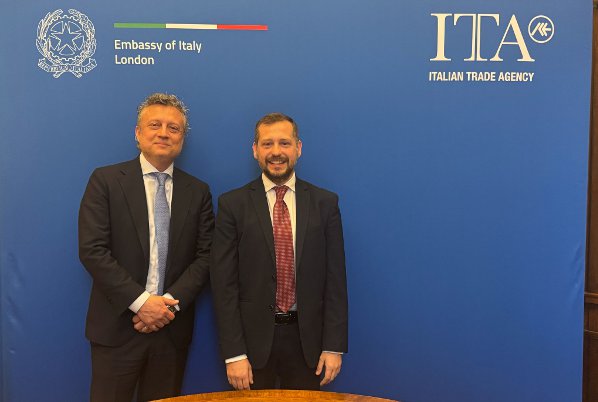.png) Agenzia Italiana del Farmaco
Agenzia Italiana del Farmaco
FAQ - Generic medicines

July 2023
What is an equivalent medicinal product?
An equivalent medicinal product is a drug with active ingredient, pharmaceutical form, route of administration, release mode, dosage, number of dosing units and unit doses equal to an off-patent reference (“brand”) drug.
For the purposes of the definition of an equivalent medicinal product -introduced in Italy by Law 149 of 2005 with regard to prescription drugs – it must be considered that the various immediate-release oral forms are considered to be the same pharmaceutical form (Article 10(5)(b) of Legislative Decree No 219/2006).
The equivalent medicinal product is recognisable by the words “Equivalent medicine” on the package leaflet and on the outer packaging.
How can equivalent medicines differ from the reference medicine?
Equivalent medicinal products may have different excipients, colour or shape than the reference medicinal product. The conditions and duration of the storage period of the equivalent medicine may also differ from those of the reference medicinal product.
However, these differences have no impact on the quality of equivalent medicinal products, which complies with the standards laid down in the legislation and the reference guidelines, nor have an impact on the efficacy and safety of the medicinal product, which is the same as the reference medicine.
Therapeutic indications may also differ between reference medicinal product and generic medicinal product when certain therapeutic indications authorised for the reference medicinal product are still under patent coverage and cannot be authorised for the equivalent or when the reference medicinal products (of which the equivalents are copies) have been approved in different Member States with different indications.
How is an equivalent medicine approved?
Equivalent medicinal products are evaluated and approved by regulatory authorities (AIFA and other European Competent Authorities or the EMA) in accordance with current medicines legislation and European Reference Guidelines. A dossier should be submitted to the agencies, showing the quality of the medicinal product, the suitability of the production process and the methods used for the control of the medicinal product and the stability of the medicinal product during the shelf life. The results of preclinical and clinical trials are not required if bioequivalence with the reference medicinal product can be demonstrated through bioavailability studies.
Does the National Health Service (NHS) reimburse all equivalent medicines?
No, also for equivalent medicines there are reimbursement classes: some are paid by the citizen, other are reimbursed by the NHS.
Are there equivalent medicines without prescription or over-the-counter?
Yes. After the expiry of the patent and the period of market exclusivity of a reference drug that is not subject to prescription, other companies can actually maufacture medicinal products that contain that active ingredient.
What are the benefits of using equivalent drugs?
Equivalent medicines may have a much lower selling price than the reference medicine, with a maximum 75% percentage reduction. This is an important resource for citizens and for the NHS. For citizens it means significant savings on the purchase of drugs reimbursed and not reimbursed by the NHS, because the co-payment charge is reduced or zeroed. For the NHS, on the other hand, it allows free resources to be used in purchasing very expensive medicines (such as some therapies against cancer or AIDS and for rare diseases) and to increase the supply of free medicines to citizens.
Why does the equivalent medicine cost less than the reference medicine?
The price of a patented medicinal product includes not only the production costs incurred by the company, but also the costs related to the discovery and synthesis of the new active ingredient, the pharmaceutical development of the medicinal product and the preclinical and clinical studies requested by the Regulatory Authority for granting the MA. After the expirt of the patent and of the period of market exclusivity, other companies can produce generic medicines containing that active ingredient. However, since such companies have not invested in research and development, they may apply a lower selling price than the reference medicinal product.
Does lower price mean lower quality?
No. Equivalent medicinal products have quality features that meet the same standards as reference medicinal products. The data certifying the quality of the raw materials and of the finished product are submitted in accordance with the regulations and the reference guidelines. Sites manufacturing equivalent medicinal products are regularly inspected by AIFA or by other European Competent Authorities and operate in accordance with Good Manufacturing Practice (GMP). Equivalent medicines are therefore produced according to guaranteed quality standards. Price savings do not depend on difference in quality.

